Brand equity is a complex attribute associated with your company that adds value to the product you offer to your target consumers. And knowing its advantages and disadvantages is quite necessary when you are about to establish the same.
In this article, I will give you a clear explanations. Reading those, you understand whether you’re able to afford the mechanism of brand equity or not.
These List Of Advantages And Disadvantages Of Brand Equity Is Disclosed Below For Your Perusal:

Source: melinakmiller.com
A) Advantages of Brand Equity
#1 Sustainable customer loyalty:
This is by far the best advantage of brand equity. Every company wants a loyal consumer base. There are multiple reasons for that. For instance, loyal customers spread good and great word-of-mouth for your branded value and equity.
And if you have a strong brand presence and awareness, consumers prefer you more. They are fierce loyalists, often evangelical as well.
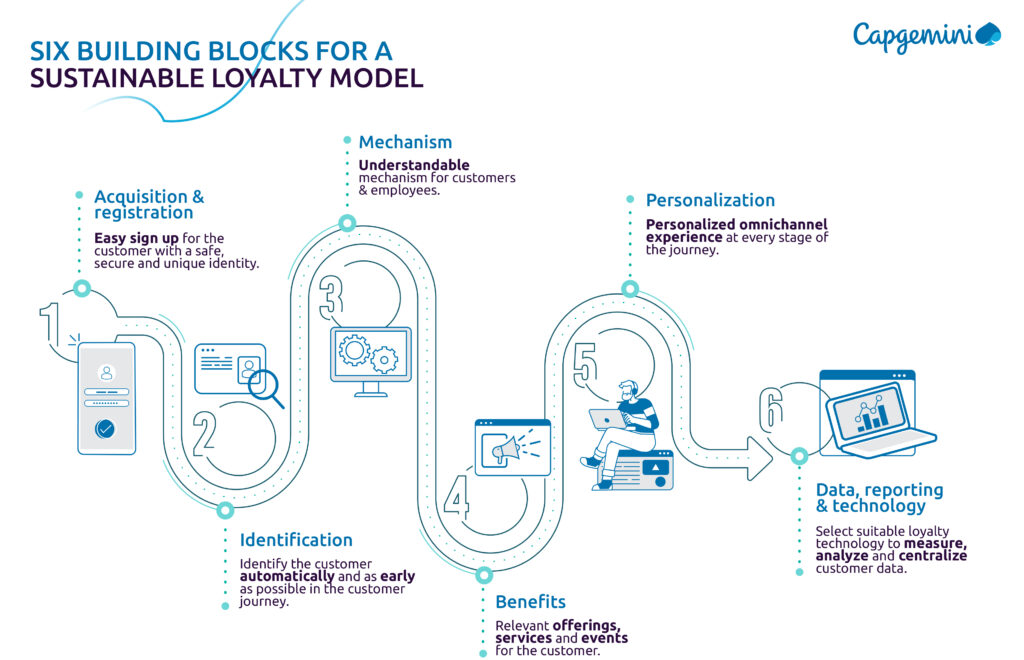
#2 Lesser cost on Customer Retention:
Consumer retention is an ongoing process to maintain a brand. It’s one of the prime focuses when you create mass marketing campaigns. However, while reading this topic: advantages and disadvantages of brand equity, know that it’s the aspect that sets your brand apart.
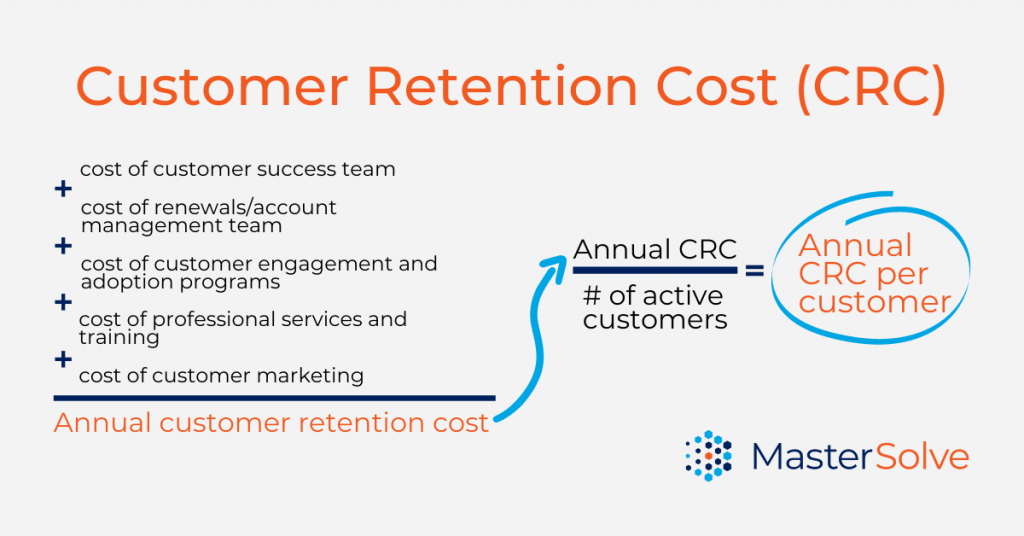
How so, you may wonder and ask. That’s okay to doubt initially.
But there are proven examples by industry leaders like Coca-Cola, PepsiCo, Mondelez, and Apple. These brands spend less cost on consumer retention because their immediate focus is on giving a better experience to the consumer.
Now, this consumer can be new or old. It does not matter. What matters to the brand is that each consumer should enjoy the experience from one to another.
When that process of your brand promotions and delivery on its promises is fixed, your brand equity rises from benchmarks.
Thus, your marketing cost is eventually optimized and cut down to half.
#3 Better profit margins:
While studying and researching the advantages and disadvantages of brand equity, I realized that businesses run on profits. It’s their ultimate goal to serve the customers better for a perpetual period.
Without profits, no company would survive. Thus, when your company has strong brand equity in the market, it enjoys the advantage of better and higher profit margins.
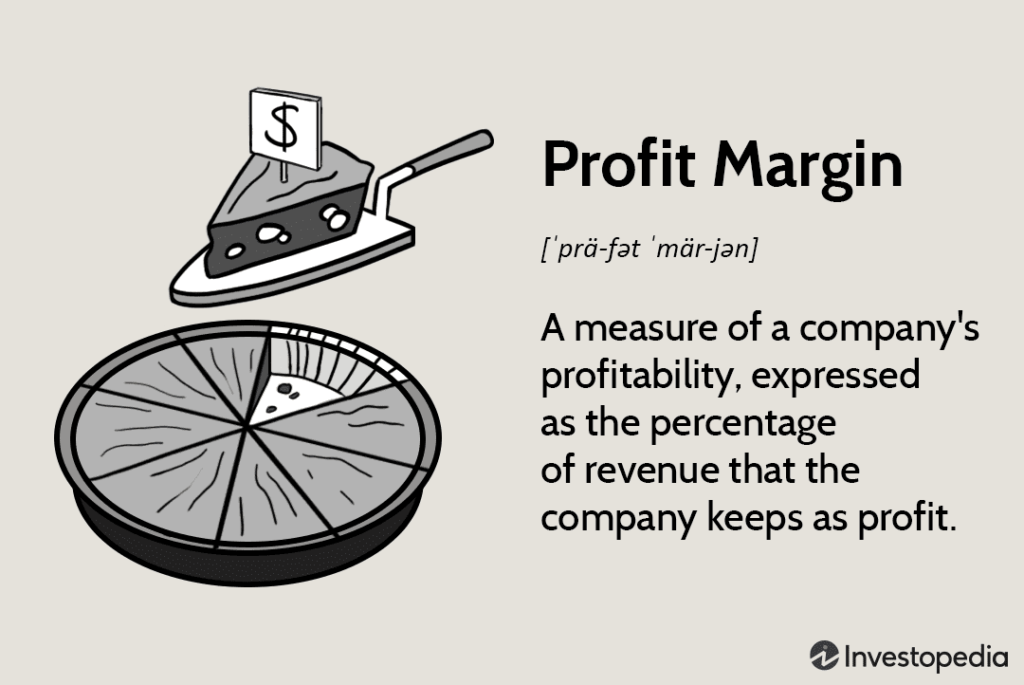
For instance, Apple indulges in campaigns that give its premium consumers a one-of-a-lifetime experience. Even though the manufacturing of each product would be nearly as same as any other generic product in their competition.
However, Apple’s customers still wait eagerly all year to release new gadgets under their umbrella. And despite being educated and well-informed, they’re ready to pay lakhs for gadgets launched by Apple.
What does it conclude? Well, it shows your brand too can reach the premium brand positioning in a customer’s mind/perception. For that, you need your brand vision and strategies to be clear and on-point. When the establishment stage is complete, these consumers will pay a higher amount for your brand too.
#4 Higher customer lifetime value:
With stronger, sustainable, stable, and successful brand equity in the competitive market, you earn higher and longer customer lifetime value. With this prestige, your customers trust your brand and its products more.
They will continue to consume every other product you launch. For example, Nestlé is one the largest food companies in the world as per its revenue and other metrics stated on Wikipedia.
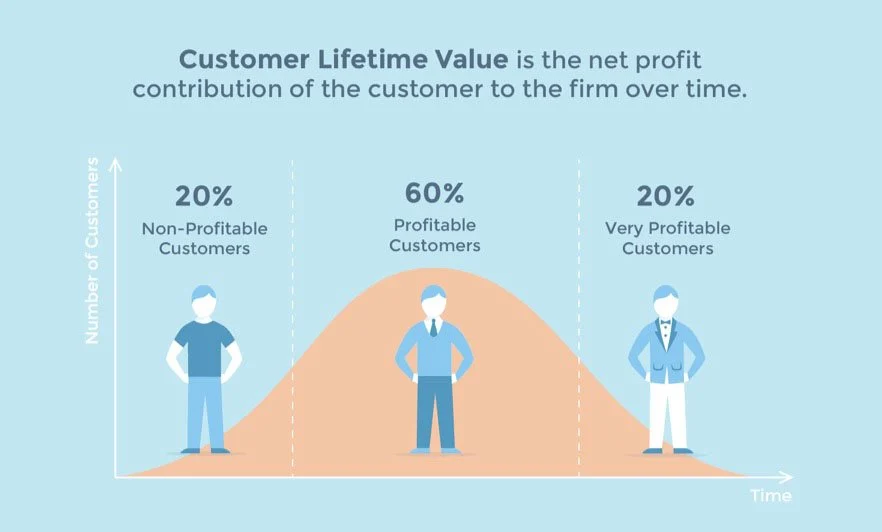
Indians consume so many products of this brand because of its continuity, exceptional customer service and experience, and consistent branding techniques. For instance, I am sure you are well aware of products like Nestle chocolates (Munch, Milkybar, KitKat, Barone), Nestle Dahi (Probiotic and Nourish), Nescafe coffee flavors, and the most celebrated product: Maggi!
Mostly all Indian consumers associate themselves with Maggi. That’s because of its engaging Ad campaigns, and the wonderful taste that leaves you wanting more.
And even today, this company decides to launch a new product even for test marketing; consumers will readily taste the same. The core reason is the trustable brand value. They have tried, tasted, and bought the products earlier that delivered on their customer satisfaction promise.
Similarly, while evaluating the advantages and disadvantages of brand equity, ensure that you deliver on your promises to customers with each order. If that’s on track, you will earn customer lifetime value with each purchase.
Read More- Gaming Laptop vs School Laptop: Know The Difference
B) Disadvantages of Brand Equity:
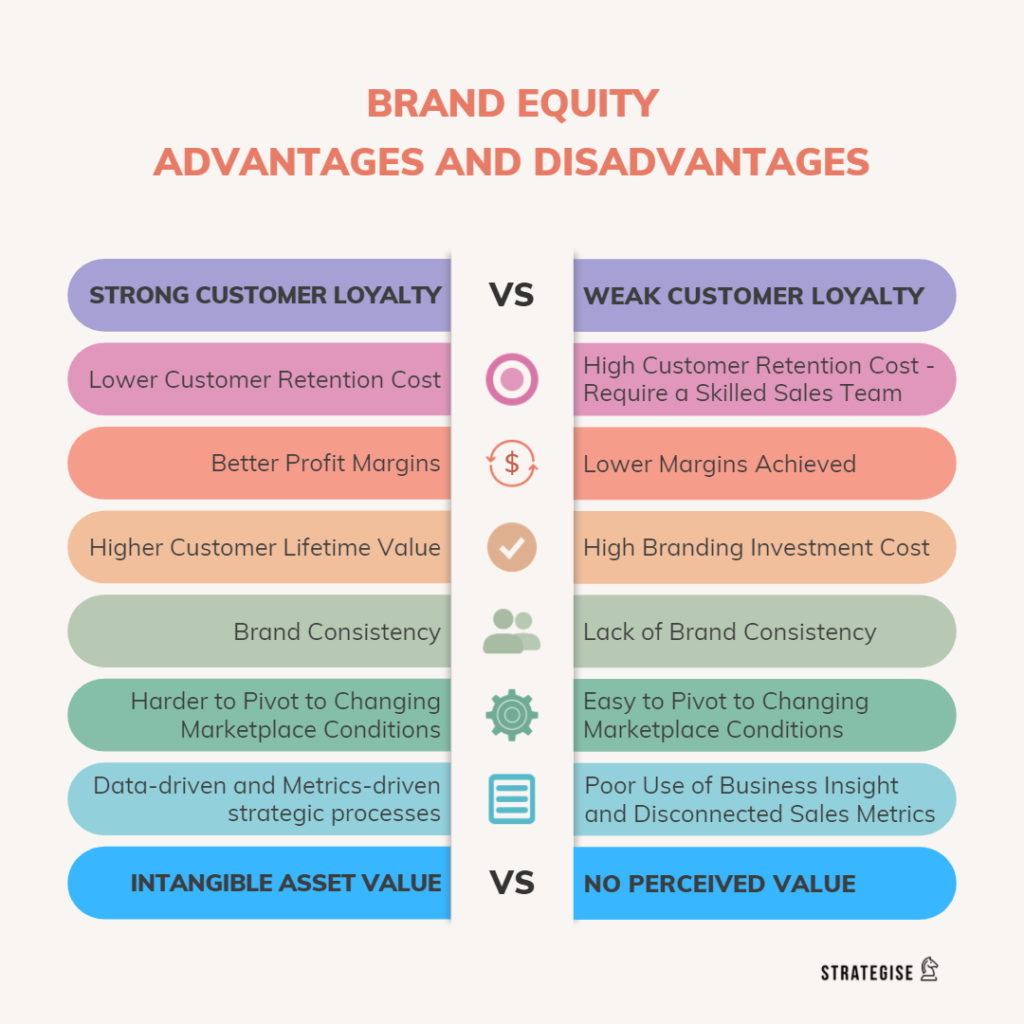
It’s difficult to resonate with consumers in the market overloaded with information:
For once, creating brand identity might come across easy. But as you move ahead on the Kevin Lane Keller Brand Equity model, you realize the real competition. From thereon, making your brand resonate with consumers is not so simple as it may seem.
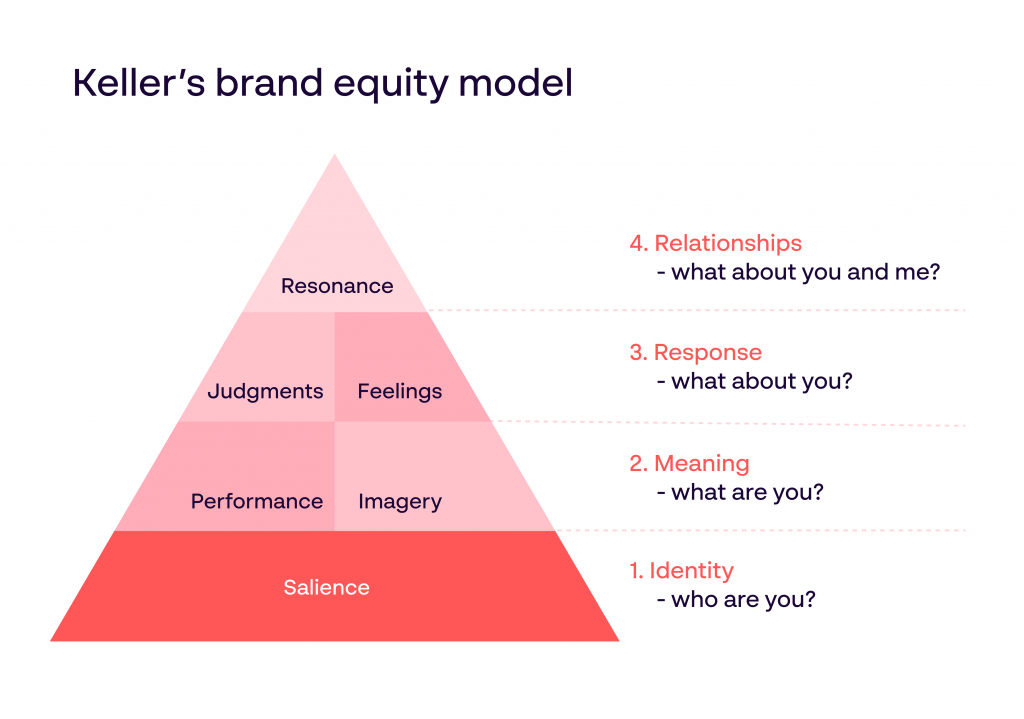
The brands I mentioned earlier have worked their heart, soul, and mind into creating their brand awareness. These good-to-great brands face hundreds or thousands of complex business, marketing, and consumer troubles every day.
If they fall short of resonating their brand with their target consumers, they end up suffering higher losses than ever.
So, your company must have clarity on forming a better resonation and association with its target consumers.
This is harder when consumers face an overflow of information online. Their attention span is less than 4-6 seconds. You have to use your brand logo, catchy tagline, and engaging images in those seconds.
Then, you have to study customer perception. Check where it’s inclining – positive or negative. From there on, you form strategies to rectify the brand image and equity. But it doesn’t happen at once.
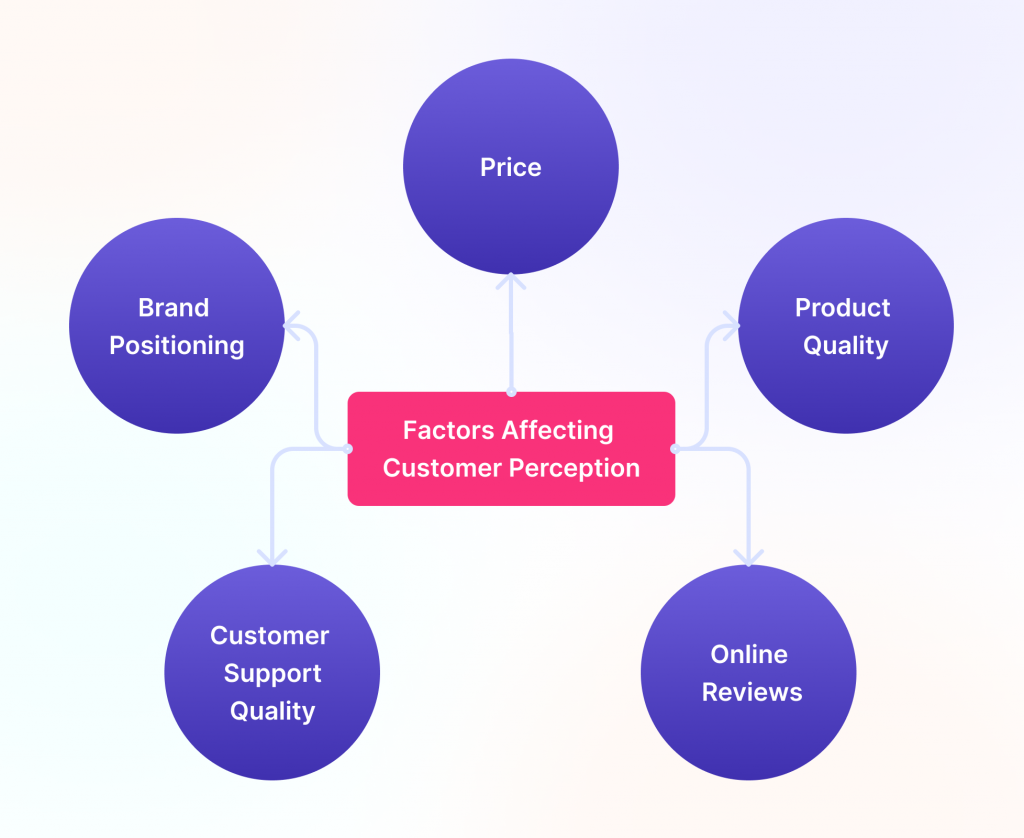
It takes a lot of time and money to rectify your mistakes at the topmost level of Keller’s brand equity pyramid. Hence, as per my secondary study on the advantages and disadvantages of brand equity, your brand equity will suffer if your strategies are not crisp and constructive from the get-go.
You need a highly talented team for maintaining brand equity:
Thinking that you can outsource the team without careful study to manage your brand image and equity is a big mistake. Most brands do that when starting off, thinking to cut costs. Doing so, they only lose to their competitors in the long run.
At any stage of your brand equity, be it creating its identity, delivering on promises, or associating with loyalists, don’t ever compromise with quality. This extends to the labour, money, effort, and skills you put in.
If you can’t be bothered to hire and work with better employees, better not start at all. Because, again, negative brand equity does no good to anyone. It will only be a waste of every resource you invest.
It’s not easy to deliver on promises without clarifying the process:
Premium brands like Apple, Mondelez, Louis Vuitton, Sephora, Tiffany & Co., Bulgari, and others have clear-cut logistics and SOPs. They have a steady database to study the ongoing trends of their customer’s sentiment analysis. Based on that data, they keep on optimizing the delivery of their brand promises.
However, such a system requires a lot of industry knowledge, investment (time/money/efforts), research (consumer/market/sentiment analysis). Therefore, it’s hard for newcomers to indulge in a steady brand equity establishment model.
It takes months and years to acknowledge the vision, mission, and strategic goals an entrepreneur wants to achieve through a particular brand. After that, it’s another effort to train the internal stakeholders to serve the immediate or the next best consumers better.
The training is continuous the same as market study, optimization of SOPs and key brand equity indicators. If you’re not serious about this step, your brand will only suffer heavy losses.
I have studied multiple brand equity failure cases under the advantages and disadvantages of brand equity to surmise that.
Advantages And Disadvantages Of Brand Equity
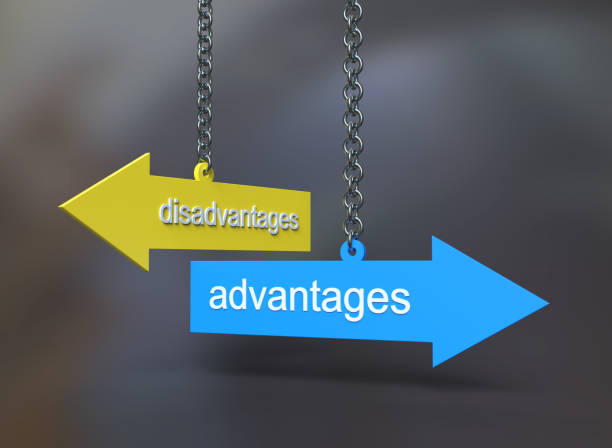
Source: media.istockphoto.com
Are you willing to start your own venture or have already started working on it? Then, you might have thought about branding as it’s the most important aspect of a venture. To give you a clarity of thought, let’s see the advantages and disadvantages of branding.
Developing a name, logo or other visual representation that distinguishes a company from its rivals is known as branding. A strong brand helps people recognise and remain loyal to a product or service by reflecting its advantages. But, branding is a costly process that is challenging to reverse if the company’s course changes.
A corporation frequently turns to branding for support while trying to make a name for itself in the marketplace. To have a look and feel that is instantly recognizable in the marketplace is the goal of branding and identity.
The value of the product and the business itself can increase with strong branding. A company’s reputation in the marketplace has the potential to make or break its overall viability.
What is Branding?
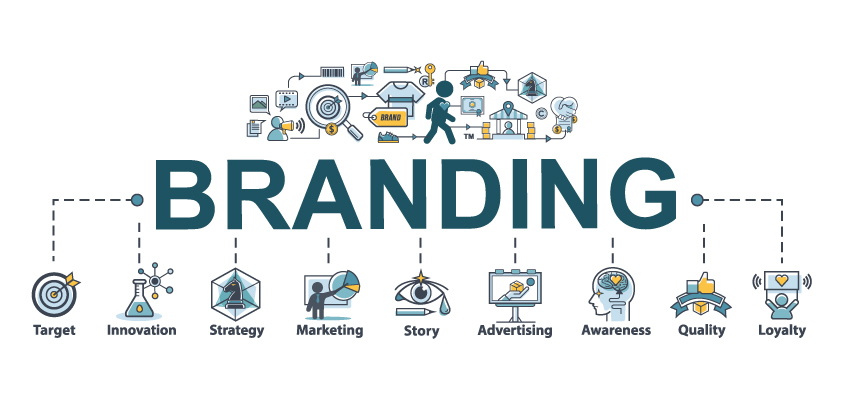
Source: frontsigns.com
Brandings simply means to promote your brand through banners, advertising and other methods. Branding is used to create a good impression in front of the customers and also to make an impact on the customers that a brand is built well. Good branding enables businesses to stand out from the competition and develop a devoted consumer base.
Advantages of Branding
Here are some of the main advantages of branding products:
- Building Brand Increases Consumer Awareness
By giving items and services identification and difference, branding primarily serves to increase awareness. Branded goods are readily recognizable and distinct in the marketplace by consumers. For instance, Lays are clearly distinguished from other chip brands.
- Branding Helps in Boosting Profits
Branding improves a company’s reputation and goodwill. So, a business may charge more for its goods and services. For instance, the costs of Hero motocorp like its bikes are more than those of other vehicle firms’ bikes. Thus, high selling prices boost a company’s profitability.
- Maintaining Consistency in the Market
The more the customer notices your brand on the way, the more he will know your brand and come to buy from you. If the brand and identity are well maintained, the customer is more likely to believe in the consistency of the quality and stick with the brand.
- A Challenge for New Rivals
New Businesses are hesitant to enter the market because of customer happiness, social status and goodwill of the branded items. Strong brands therefore create barriers and deter new competitors.
Disadvantages of Branding
- That Might Lead to Monopoly
Strong brands deter other competitors from entering the market, as is common knowledge. New businesses don’t want to go up against well-known brands. This could lead to a monopoly of brands on the market.
- You have to Spend a lot of Money as its Pricey
The cost is one of the branding’s biggest drawbacks. It costs money to design a brand since it necessitates extensive research, naming creation and brand entity integration. Venture owners can feel under pressure to raise their prices in order to cover the rising costs, which could lead customers to switch brands.
- More Time and Efforts are Expended
You need to invest a lot of time and effort in branding because it requires effort and to make efforts, it requires time via various promotional techniques like advertising requires time and effort.
- Its Challenging
Branding is challenging and it might happen that you have to contact big celebrities or public figures to promote your brand or to make them a brand ambassador of your brand because other competitors will also do the same. Thus, it becomes challenging.
Also Read- Gaming Laptop Vs Work Laptop: Know Which One To Buy?
My verdict:
From the careful study on the advantages and disadvantages of brand equity and branding, I suggest new brands first standardize their process. Knowing how a customer will interact with you to the point how the customer shall feel after receiving the product must be clear.
It includes everything from creating your online presence to the after-sale services like how shall the packaging be done of the product. Otherwise, shall the customers receive more discounts after the first purchase of your services? Every such answer must be definite in your brand equity establishment model.
Also, know your company’s financials, assets, liabilities, purchasing and investing power. This helps you make sound decisions as you study details on the advantages and disadvantages of brand equity.
After that, once you start, mark weekly and monthly days for auditing the value and impact of your brand. It helps you gain more insights, direction, control, and execution power to rectify the value that your brand adds to the product/service you offer.
